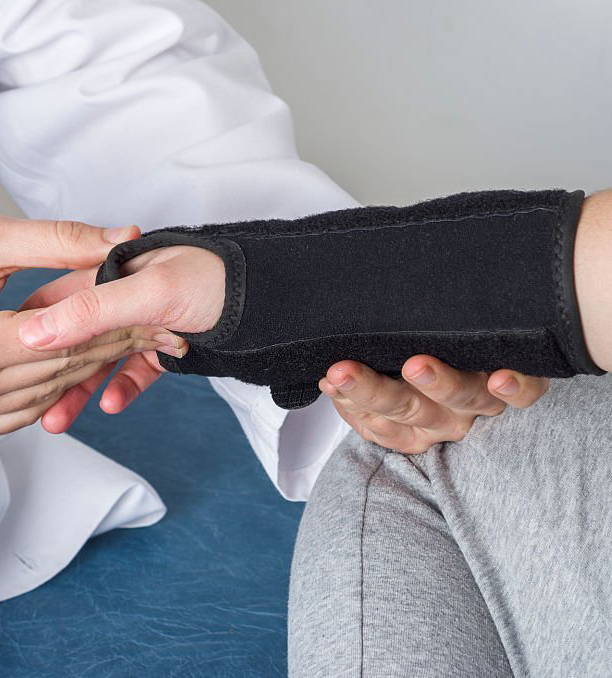We put a lot of loads on our wrists and arms, particularly in this digital age where we’re constantly on our phones, tablets, or typing away at a keyboard. But do you know that one of the most common hand and wrist issues are carpal tunnel syndrome?
Carpal tunnel syndrome affects up to 3 percent of adults in the United States each year, and carpal tunnel release surgery is the most commonly performed nerve surgery—with over 400,000 surgeries being done each year.
This blog will take a look at the benefits of wrist brace for carpal tunnel and why it’s important to wear and have one.
The medical term for the pins-and-needles sensation or numbness in the wrist and fingers is called carpal tunnel syndrome. It is caused by inflammation or compression of the median nerve, which passes through a narrow passageway in your wrist. The median nerve is responsible for the sensation and movement of your thumb and all the fingers, if it gets tight or irritated you may have symptoms like:
The wrist brace works by altering the mechanics of wrist movement, thereby reducing the pressure on the median nerve. Instead of having to move your wrist through a full range of motion, the wrist brace provides some resistance to motion.
Clinical studies have shown that wearing a wrist splint can be an effective treatment for CTS, and can also help prevent the condition from occurring in people who perform repetitive tasks. It's a conservative, non-invasive treatment recommended for mild to moderate carpal tunnel syndrome symptoms.
Here's how a wrist brace can help manage carpal tunnel syndrome symptoms:

Immobilizes the Wrist: The wrist brace will prevent any uncomfortable movements in your wrist, which can help reduce the strain on your median nerve. This immobilization also reduces inflammation and edema, giving your wrist a chance to heal.
Provides Structural Support: A wrist brace helps to maintain the correct alignment of your carpal bones, thus providing structural support to your wrist. This helps to prevent any further injury and discomfort.
Decreases Pressure on Median Nerve: The splint keeps pressure off the median nerve, decreasing the symptoms associated with carpal tunnel syndrome.
Different brands have different features, so it's important to find the right one for you. Here are some things to consider when choosing a wrist brace for carpal tunnel syndrome:

Pain and symptoms of carpal tunnel syndrome are usually worse at night, due to fluid accumulation in the wrist. Flare-ups occur during the daytime due to repetitive activities and prolonged use of the hands for activities such as typing, playing video games and writing.
In mild and moderate cases of carpal tunnel syndrome, wearing a wrist splint is advised as a conservative treatment for carpal tunnel syndrome. Wrist splints can also be worn during the day to keep the wrist in a neutral position, preventing overstretching of the median nerve. The ultimate goal is to avoid further severity and progression of the condition, which may lead to surgical treatment.
Wrist brace and splinting are one of the first-line treatments recommended for carpal tunnel syndrome. Numbing and tingling in the hands are intermittent rather than constant symptoms, and waiting longer will only make it more difficult to treat. Koprez provides a range of medical-grade support products specially designed to help reduce pain and symptoms of carpal tunnel syndrome. With the right wrist brace, you can manage your condition and get back to doing the activities you love.